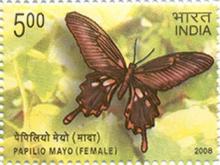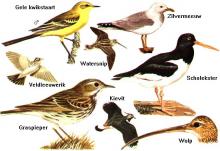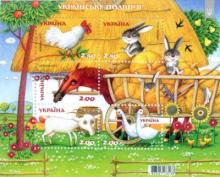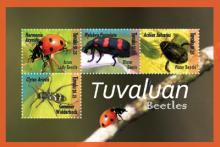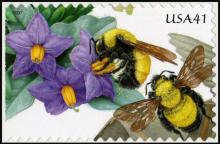The disaster I described in 2010 is taking place before our eyes. Crisis in insect biodiversity with knock-on effects for many species
Butterfly Conservation warns that Britain’s biodiversity is under threat following analysis of data from the National Moth Recording Scheme (NMRS), which has collated more than 16 million moth sightings dating back to 1769. The study by Butterfly Conservation, the Centre for Ecology and Hydrology and University of York, published in the Journal of Applied Ecology, is the first to examine long-term trends for all of Britain’s resident larger moth species; common and scarce, nocturnal and day-flying. Trends for 673 species were calculated, 60% of which showed a significant change over the 40-year period. Two thirds more species declined than increased. Moths are a key part of the food chain and act as pollinators for plants. The substantial declines revealed by this study provide further evidence of a wider utterfly Conservation warns that Britain’s biodiversity is under threat following analysis of data from the National Moth Recording Scheme (NMRS), which has collated more than 16 million moth sightings dating back to 1769.

